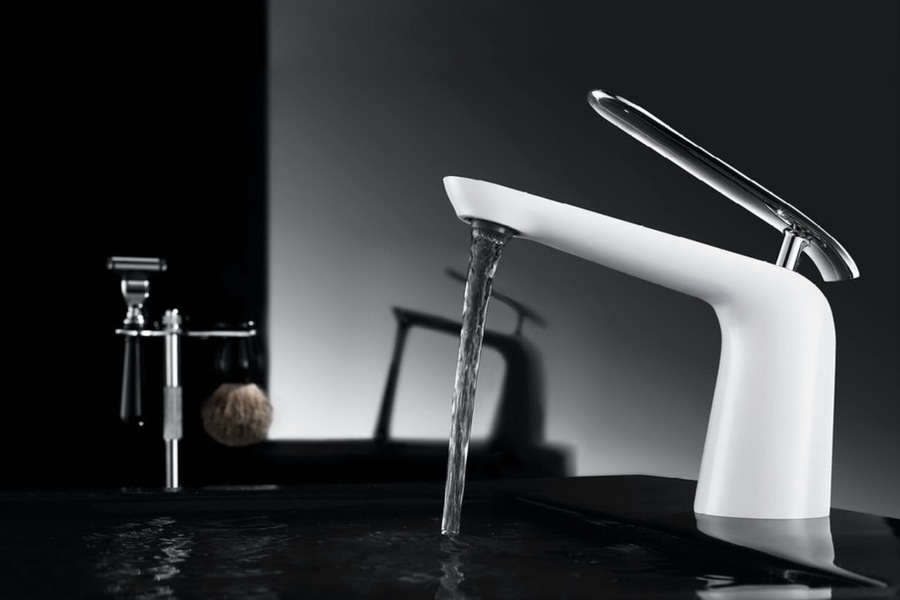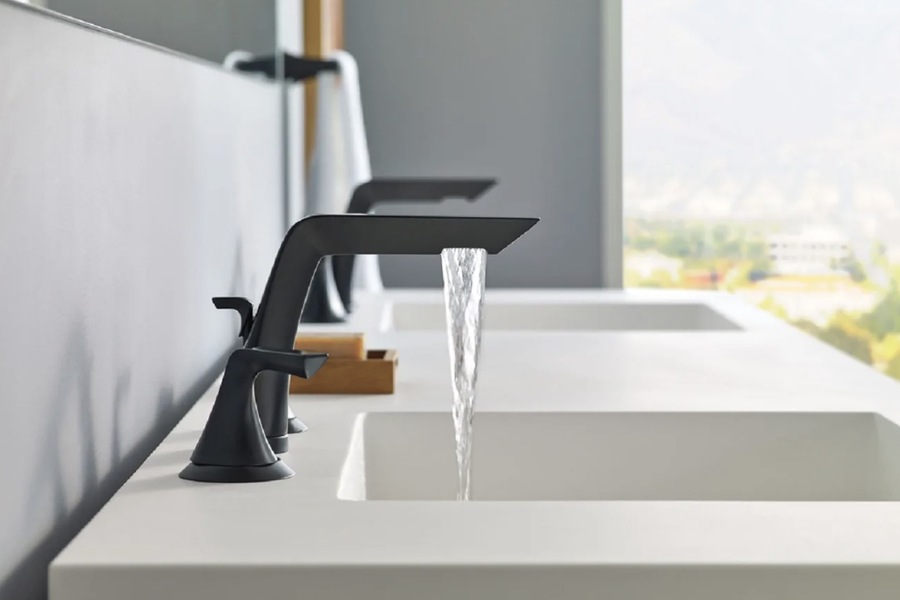Faucets play a crucial role in our homes, serving as important fixtures that contribute to both practicality and aesthetics. In recent years, there has been a significant evolution in faucet designs, which is a reflection of advancements in technology, changing aesthetics, and the evolving preferences of users. In this article, we delve into the evolution of faucet designs, from the timeless classics to the sleek and modern styles that dominate the industry today. We’ll take a closer look at the key developments and trends that have shaped this transformation.
Early Faucet Designs
Ancient Innovations
The concept of the faucet dates back to ancient civilizations. Early examples of water delivery systems can be traced to the Romans, who developed complex aqueducts and public baths. Roman faucets were primarily utilitarian, made from materials like bronze and lead, and featured basic mechanisms to control water flow.
Medieval and Renaissance Eras
During the medieval and Renaissance periods, faucet designs remained relatively simple but began to incorporate more decorative elements. These faucets were often found in the homes of the wealthy and in public fountains, showcasing craftsmanship and artistry.
Industrial Revolution
The Industrial Revolution in the 18th and 19th centuries marked a significant turning point in faucet design. The advent of mass production and new materials like cast iron and brass allowed for more intricate and standardized designs. Faucets became more accessible to the general public, and indoor plumbing started to become more widespread.
Classic Faucet Designs
Victorian Era
The Victorian era (1837-1901) brought about a distinct style in faucet design. Faucets from this period often featured ornate details and intricate patterns, reflecting the opulence of the time. Common materials included brass and porcelain, with finishes like polished nickel and gold.
Early 20th Century
In the early 20th century, faucet designs began to shift towards simpler, more streamlined aesthetics. The Art Deco movement influenced designs with its geometric shapes and sleek lines. Faucets from this era were often made of chrome and featured bold, elegant forms.
Mid-Century Modern
The mid-20th century saw the rise of the mid-century modern design movement, characterized by minimalism and functionality. Faucet designs became more straightforward, with an emphasis on clean lines and practicality. Stainless steel and chrome finishes were popular, reflecting the era’s focus on innovation and efficiency.
Contemporary Faucet Designs
Technological Advancements
Modern faucet designs have been heavily influenced by advancements in technology. Innovations such as ceramic disc valves, touchless sensors, and digital controls have transformed faucets from basic fixtures into sophisticated, high-tech devices. These technologies enhance convenience, efficiency, and hygiene.
- Ceramic Disc Valves: These valves provide a more reliable and durable alternative to traditional rubber washers, reducing the risk of leaks and ensuring smooth operation.
- Touchless Sensors: Touchless faucets use infrared sensors to detect hand movements, automatically turning the water on and off. This feature is particularly popular in commercial settings and homes prioritizing hygiene.
- Digital Controls: Some contemporary faucets incorporate digital displays and controls, allowing users to set precise water temperatures and flow rates.
Sustainable Designs
Sustainability is a key consideration in contemporary faucet design. Manufacturers are increasingly focused on creating water-efficient products that reduce waste and conserve resources. The EPA’s WaterSense program certifies faucets that meet rigorous water efficiency and performance standards.
- Low-Flow Aerators: These devices reduce water flow without compromising performance, helping to save water and reduce utility bills.
- Eco-Friendly Materials: Many modern faucets are made from sustainable materials, such as recycled metals and lead-free brass.
- Smart Water Monitoring: Advanced faucets with smart technology can track water usage and provide feedback to help users conserve water.
Design Trends
Contemporary faucet designs encompass a wide range of styles and finishes, catering to diverse tastes and preferences. Some of the most popular trends include:
- Minimalist Design: Minimalist faucets feature clean lines, simple forms, and a focus on functionality. These designs are ideal for modern and industrial interiors.
- Industrial Style: Inspired by old factories and industrial spaces, this style often includes exposed pipes, raw materials, and utilitarian designs.
- Transitional Design: Combining elements of both traditional and modern styles, transitional faucets offer a versatile and timeless look. These designs often feature classic forms with contemporary finishes.
- Custom Finishes: Homeowners today have access to a wide array of finishes, from classic chrome and brushed nickel to more unique options like matte black, rose gold, and oil-rubbed bronze. Custom finishes allow for greater personalization and coordination with other design elements in the space.

Impact of Design Evolution on User Experience
Enhanced Functionality
The evolution of faucet designs has greatly enhanced functionality. Modern faucets offer features such as pull-out sprayers, adjustable flow rates, and multi-function spray patterns, making everyday tasks easier and more efficient.
Improved Durability
Advancements in materials and manufacturing techniques have also improved the durability of faucets. High-quality finishes and components ensure that contemporary faucets are more resistant to corrosion, tarnishing, and wear.
Aesthetic Versatility
The wide variety of styles and finishes available today allows homeowners to choose faucets that perfectly match their aesthetic preferences and complement their overall design schemes. Whether opting for a sleek, modern look or a more classic, elegant style, there are faucets to suit every taste.
Future Trends in Faucet Design
Smart Home Integration
The integration of smart home technology is expected to continue shaping the future of faucet design. Smart faucets that can be controlled via smartphone apps or voice assistants like Amazon Alexa and Google Assistant offer unparalleled convenience and customization.
Personalized Experiences
Manufacturers are increasingly focusing on creating personalized experiences for users. Customizable settings for water temperature, flow rate, and even lighting allow for a tailored user experience. This trend is likely to grow as consumers seek more individualized and unique home environments.
Health and Wellness Features
Health and wellness are becoming important considerations in faucet design. Features such as built-in water filters, UV sterilization, and temperature control ensure that water is safe and comfortable for users. These innovations reflect a broader trend towards wellness-oriented home products.

Conclusion
The evolution of faucet designs from classic to contemporary reflects broader changes in technology, aesthetics, and user preferences. Early faucets were simple and utilitarian, but over time, they have become sophisticated fixtures that blend functionality with style. Modern faucets incorporate advanced technologies, sustainable materials, and customizable features, offering enhanced performance and personalized experiences. As the industry continues to innovate, we can expect even more exciting developments in faucet design, further transforming these essential fixtures in our homes.

I am happy to give reasonable advice on budgeting to people with any income level. I currently live in Portland, Oregon, and am ready to do freelance assignments and make presentations.
